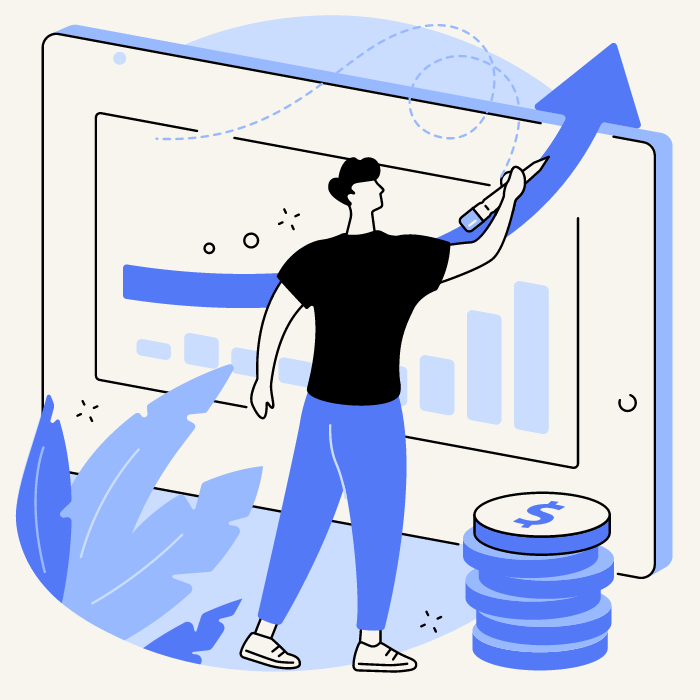We are an inbound marketing agency that helps SaaS companies grow exponentially by creating, publishing, and promoting helpful content.


We specialize in growing SaaS businesses (like yours) with the help of proven inbound marketing campaigns that boost your brand’s organic reach leading to more conversions and sales.
White hat on-page and off-page SEO including detailed SEO audit.
Content planning, management, and governance for exponential growth.
Grow your SaaS business organically with content that stands out.
Customized consultation service to help you address and fix inbound marketing challenges.

